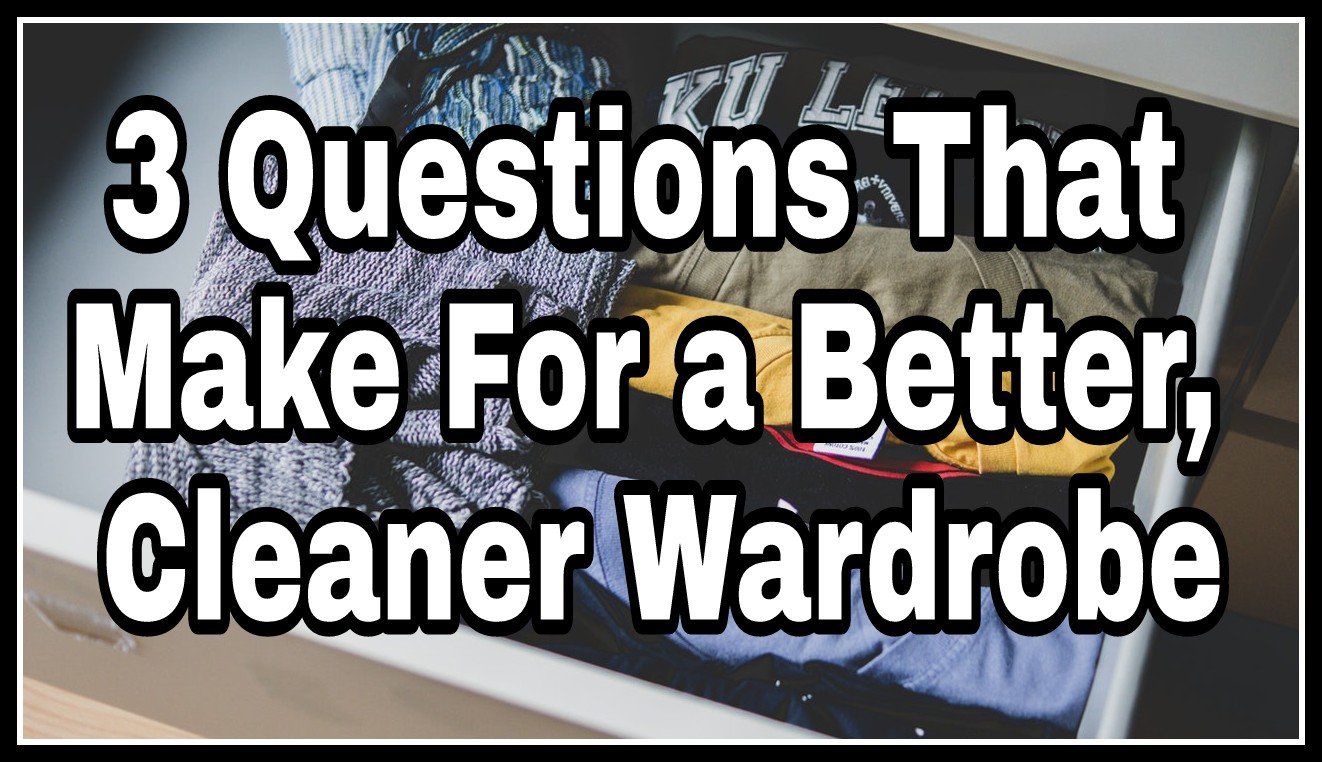We’ve all been there. You open the door to your closet and it’s a mess. Closets seem to always become the place we store everything we love and hate at the same time. They always have the top you can’t live without, while also containing some items you hope never see the light of day. Cleaning and organizing our wardrobes is a task that can always seem daunting, which is why it rarely gets done.
When we start to ask ourselves some tough questions about where our clothes come from and how they were made, the choices of what to keep and what to donate can be much easier than you think. Today I wanted to bring you some hard and fast rules you can use to get the job done. As a bonus, you’ll feel better about yourself and the environment as well.
Go through each piece of clothing you own and ask the following questions…

Was it ethically made?
It’s easy to overlook the true cost of some of our clothing in regards to the physical labor that goes into making it. Unfortunately, with the rise in globalization came an increase in child labor and exploited adults in the fashion industry. Take a look into some of the brands you own and find out if they are using ethical labor to produce them. There are a lot of tools out there made specifically to help you research various brands and their manufacturing practices. If you find out something nasty about a brand, ditch their clothes! You’ll make some room and will no longer support their actions as a brand.
Is it made from sustainable material?
It’s no secret that the production of the clothes we love has a pretty big impact on the environment. Cotton alone consumes 25% of the world’s insecticides and 10% of all the pesticides! Now more than ever it’s important to support brands that ensure their materials come from sustainable sources. Sustainable clothing materials include soy, hemp, bamboo, PET plastic, and organic cotton. Pact is a great example of an up-and-coming clothing brand that uses only organic cotton to help cut down on the use of chemicals in the environment. Bonus: they’re GOTS certified, which means their clothes are also ethically made.
If you are on the fence about keeping something, take a look at what the item is made out of. If you like it, and it’s made from natural, recycled or upcycled fibers – keep it. But if you’re not sure, and it’s not made from something sustainable, ditch it!
Does this piece bring me joy?
Sounds simple right? But how often do we ask ourselves that question about the clothes we wear? It won’t have a major impact on the environment or teach any unethical brands a lesson, but it will help you ensure that every time you open your closet, you’ll come away with something that makes you feel great. This method of organization was pioneered by Marie Kondo with her now famous “KonMari” method of organizing. This way of thinking teaches us to cherish the things that matter, and get rid of the things in our lives that don’t. If you tackle your closet in this way, you’ll be amazed by the impact it can have on your well-being.

I hope these questions help you get your closet organized. I think the ethical and environmental impact of our clothing should play a huge role when deciding what to keep, and what to purchase for that matter. And of course, never settle for anything that doesn’t make you happy!
*This is a guest post.
